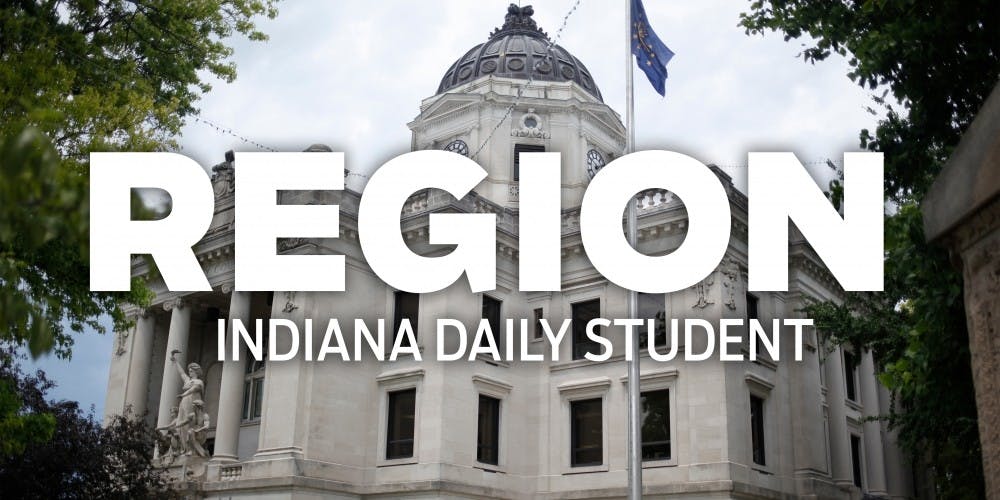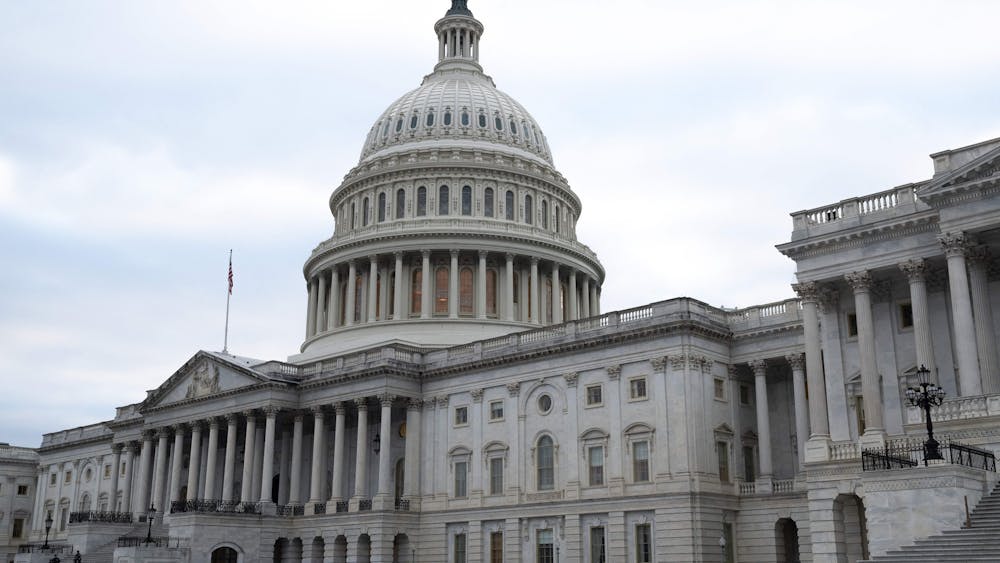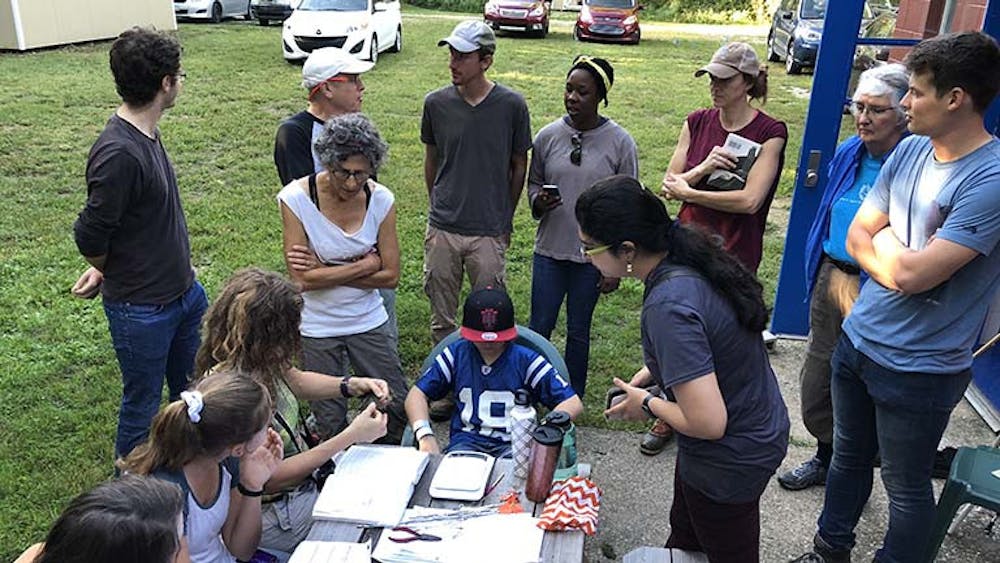For people trying to overcome opioid addiction, a device the size of a USB drive could make the difference between recovery and relapse.
The device, called the NSS-2 Bridge, was approved by the FDA in November to reduce opioid withdrawal symptoms. The device was developed by an Indiana-based medical technology firm called Innovative Health Solutions.
Brian Carrico, IHS president, said the Bridge can lead to an 84.6-percent reduction in opioid withdrawal symptoms in less than one hour.
Before, Carrico said there was no way to comfortably go through opioid withdrawals, and many patients would be overwhelmed by pain and relapse in the first few hours.
“Withdrawal symptoms are described by many people as the flu times 10, combined with your bones breaking in your body,” he said. “It is very intense.”
The Bridge is a small, clear plastic box that is placed behind the patient’s ears. Attached to the device are three electrodes with microneedles that break the skin and access cranial nerves connected to the brain.
The device then blocks nerves from firing in the part of the brain that cause opioid withdrawal.
Within 10 to 15 minutes of use, patients can start to see results, Carrico said, as long as they do not get the device wet.
Clinicians use the clinical opiate withdrawal (COW) scale to measure the severity of withdrawal symptoms, including muscle pain, nausea, vomiting and headaches. Patients are given a COW score out of 36.
Carrico said anyone with about a score of 15 is extremely sick. He said scores of 20 to 25 often drop to three or four after using the device.
Carrico said there are Bridge providers in 30 states, including seven facilities in Indiana. A city court in Greenwood, Indiana, is using the device in its opioid recovery programs.
Centerstone in Bloomington will also start using it soon, Carrico said.
He said about 100 people from Indiana every week contact IHS to request their own device.
“Our hope is to give these people hope — let them know that they don’t have to go through complete hell anymore,” he said.
In a November press release, FDA Commissioner Scott Gottlieb said medicines to treat opioid use disorder are necessary, but people also need to look into biotechnology and devices.
“Given the scope of the epidemic of opioid addiction, we need to find innovative new ways to help those currently addicted live lives of sobriety with the assistance of medically assisted treatment,” he said in the release.
Justin Phillips, founder and executive director of Overdose Lifeline, Inc., said her nonprofit company has started to suggest the Bridge to opioid use disorder patients as an option, but she said she still has concerns.
While Carrico said the device has now been used by 3,000 patients, the original research surveyed by the FDA included 73 patients who saw a reduction in at least 31 percent of symptoms.
Phillips said these initial trials did not have enough subjects. She said they also looked at short-term effects, but the long-term effects of the device are unknown.
She said it is impossible to know now if people who use the device will still be on the track to recovery five years from now.
“I want more evidence,” Phillips said.
The device costs $595 for a one-time use that reduces symptoms for five days.
Phillips said this cost is more than most patients can afford.
Carrico said IHS is working with Indiana legislators to include the Bridge in insurance coverage, which he said would help make the product affordable for all.
If it works, Phillips said the device can make a huge difference in the lives of patients. She said it would limit reliance on medicines that are used to reduce withdrawal symptoms but can also be misused.
But she said the device will never be a solution to all the problems patients face while overcoming addiction.
“Opioid use disorder is a complex issue, and when trying to solve a public health crisis, one device is not going to be the answer to our problems,” she said. “There’s no magic wand.”





